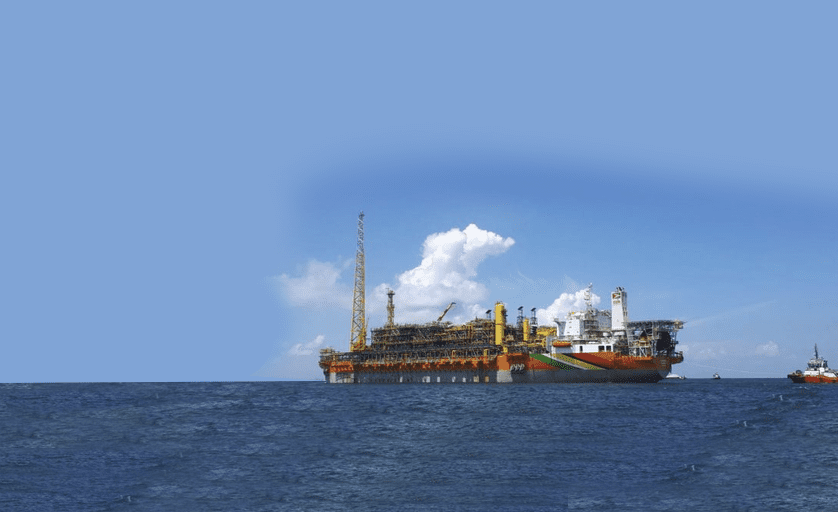New oil producer Guyana, with just one field under development so far and two additional projects approved, may have around 20 years remaining to bring to market the several billion barrels of oil equivalent resources found offshore to date. And the 20-year window is optimistic.
The Organization of the Petroleum Exporting Countries (OPEC) said in its latest annual World Oil Outlook that global oil demand will peak in about 20 years. The oil cartel estimated that global demand would hit 109.3 million b/d in 2040 before declining to 109.1 million b/d in 2045 and plateauing “over a relatively long period.”
This pronouncement by OPEC is its first official acknowledgement that oil consumption will not continue growing.
“Still, the projections are far more bullish than what many major oil companies have begun to concede,” S&P Global said in a report on Thursday, pointing out that BP, most notably, said in September that the market may never recover to pre-pandemic levels of roughly 100 million b/d, as the company charts a future invested heavily in renewables.
OPEC, however, forecast that a “catching up” by the sectors most affected by the global lockdown restrictions would help a rebound in oil demand back to those volumes by around 2022.
These latest predictions come at a time when the South American country of Guyana is basking in oil discovery glory with US oil major ExxonMobil making a record 18 discoveries since 2015, amounting to more than 8 billion barrels of oil equivalent resources.
Three developments have been sanctioned so far with one already producing oil and the others set to come on stream during the 2022-2024 period.
According to a study by consultancy group Wood Mackenzie, the sanctioned projects so far – Liza Phase 1 and 2 – account for about 25% of the Stabroek resources with phase 3, which includes Payara, Pacora and Liza Deep, accounting for 16%. This leaves more than 4.7 billion barrels of oil equivalent still to be developed.
OPEC said in the report that it will have to contend with robust competition on the supply side, through at least 2030, as even the worst-impaired producers, including the US, recover from the virus setback. Brazil, Norway, Guyana and Kazakhstan will be other drivers of non-OPEC supply growth in the medium term.
“While oil production in Argentina, Colombia and Ecuador is expected to decline in 2020, oil output in Brazil and Latin America…mainly Guyana, will increase,” OPEC said. “Latin America’s oil supply is forecast to grow by 0.15 mb/d y-o-y to average 6.21 mb/d.”
OPEC said to meet future demand, upstream investment through 2045 will need to average $380 billion/year, or $9.9 trillion cumulatively.




